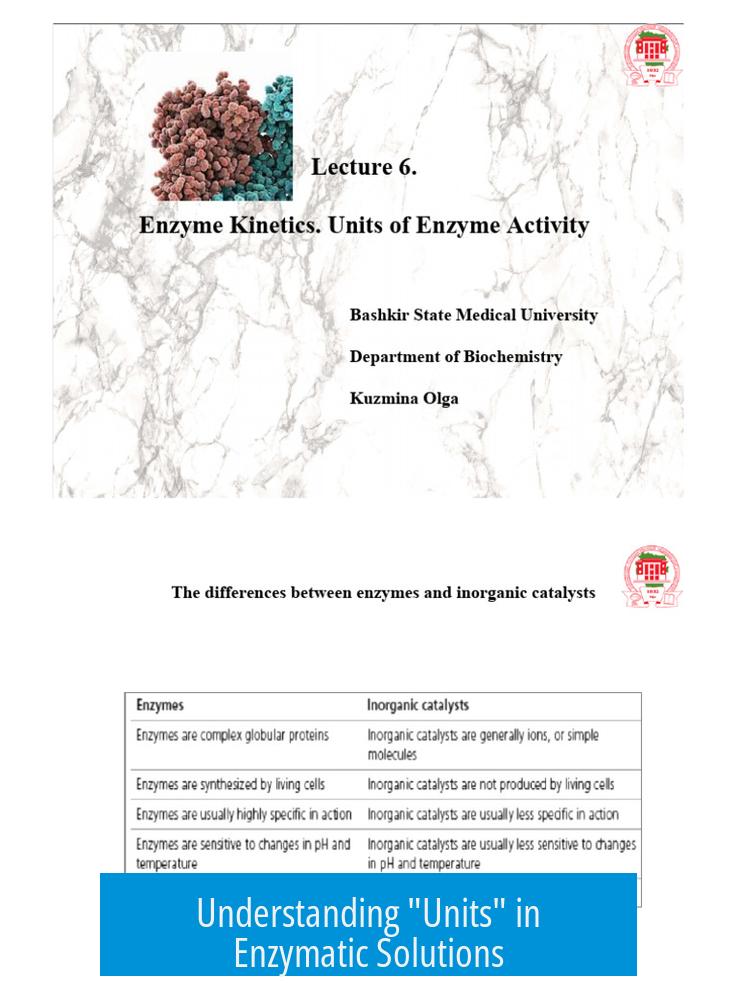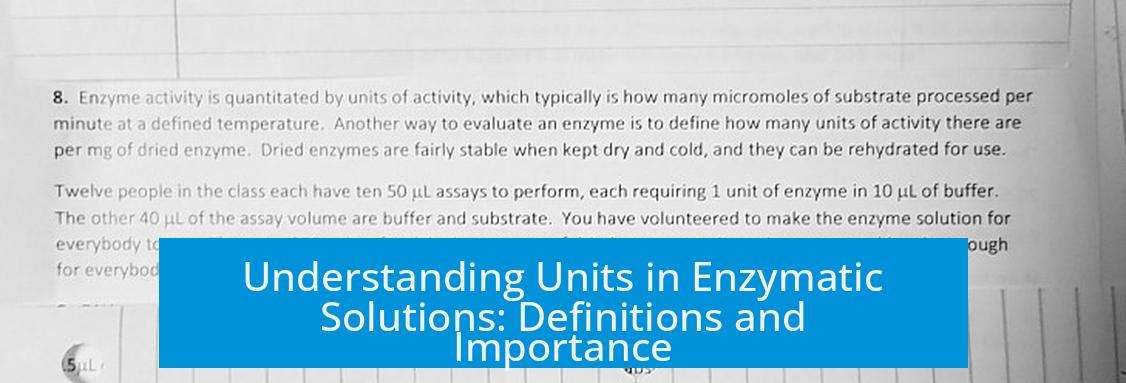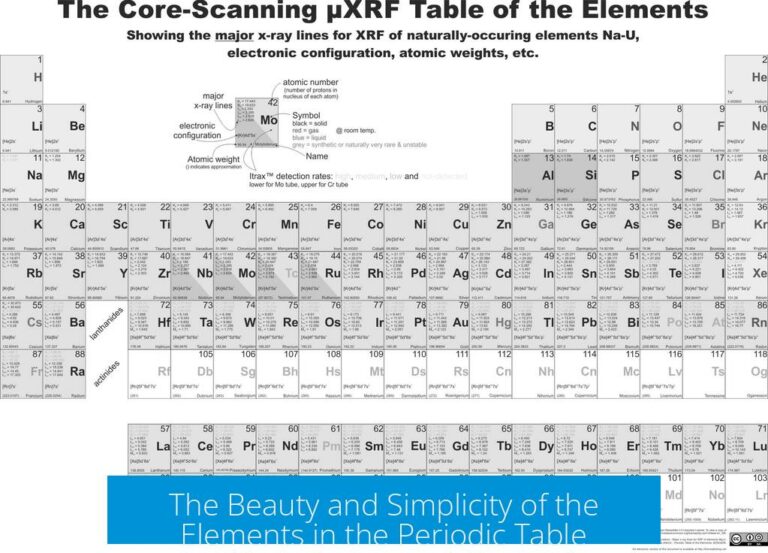Understanding “Units” in Enzymatic Solutions

Units in enzymatic solutions quantify enzyme activity rather than mere concentration. They define how much enzyme catalyzes a specific biochemical reaction under strict conditions, providing a practical measure for researchers and manufacturers.
What Does a “Unit” Mean?
A unit is often defined as the amount of enzyme that catalyzes the transformation of one micromole of substrate in one hour at a given pH and temperature. For example, one unit might represent the enzyme amount that releases 1.0 micromole of glucose from cellulose at pH 5.0 and 37°C after one hour.
This definition anchors the measure to a specific reaction and conditions, ensuring reproducibility. It focuses on activity — how effectively the enzyme performs its catalytic role.
Why Use Units Instead of Concentration?
- Enzyme activity varies between batches even if protein concentration is constant.
- Units integrate both the quantity and functional quality of the enzyme.
- They help to dose enzymes by the activity needed for a reaction—not just by mass or molarity.
Simply knowing how much enzyme (weight or molarity) is present tells little about how well it will work. Units provide a standardized activity measure, relevant to experimental results or industrial applications.
Variability and Standardization
Enzyme units are not universal. Different enzymes and protocols define units differently. Some quantify substrate converted per protein mass per volume, others by changes in optical density.
Such variations highlight that units serve as attempts to standardize activity measurement amid complex enzymatic behavior. When reading or comparing units, always consult the assay conditions used to define them.
Examples of Unit Definitions
| Unit Definition | Example | Context |
|---|---|---|
| μmol substrate converted per hour | 1 unit liberates 1 μmol glucose/hr from cellulose | Enzyme catalysis assay at fixed pH and temp |
| Optical density change per mg protein per mL | Units based on absorbance shifts in solution | Protein activity assays involving spectrophotometry |
Key Takeaways
- Units measure enzymatic activity under specified, reproducible conditions.
- They combine enzyme amount and function, unlike simple concentration metrics.
- Unit definitions vary between enzymes and must be checked for each assay.
- Using units allows consistent comparison and dosing of enzyme preparations.
What does a “unit” in enzymatic solutions represent?
A unit measures how much enzyme activity occurs under specific conditions. For example, one unit might release 1 micromole of glucose from cellulose in an hour at a set pH and temperature.
Why do enzymatic solutions use units instead of molar concentration?
Units account for enzyme activity, not just amount. Activity can change between batches, so units ensure you get the right catalytic power for your reactions.
Are units the same across different enzymes or assays?
No. Units vary for each enzyme and assay. They must be defined clearly for each case, as standardization is challenging due to different measurement methods.
How can units be expressed in different ways?
Besides substrate release rates, units may refer to optical density per mg protein or micromoles converted per mg protein per mL under certain conditions.
What practical role do units play when buying enzymatic reagents?
Units help buyers know how much enzyme activity they are getting. This ensures consistent performance despite differences in batch concentrations or activities.





Leave a Comment